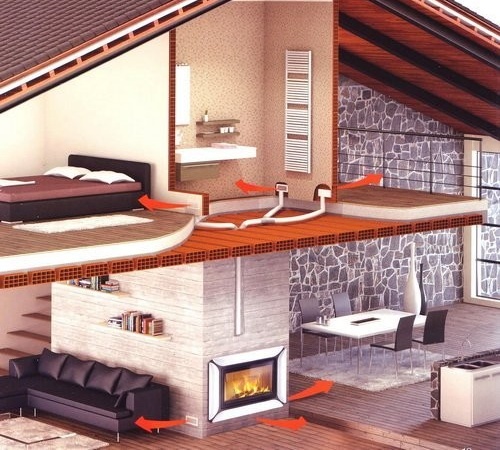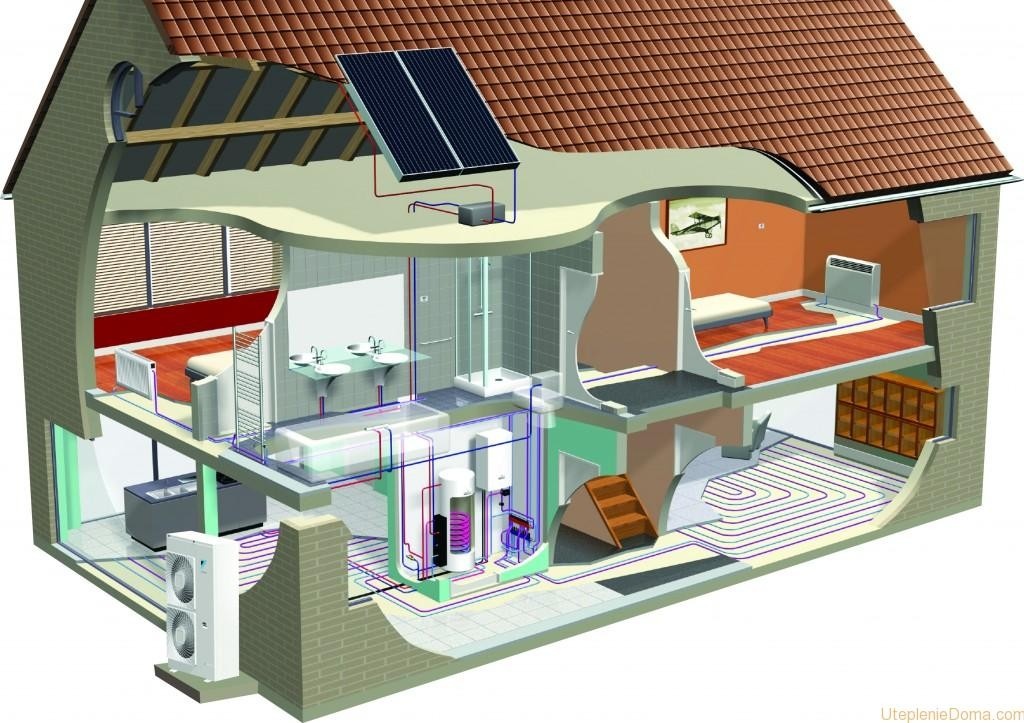What kind of heating battery is best to buy for an apartment building?
Good day! We live in an apartment building. They started a repair with a change in heating devices. We can not decide on the type of new batteries. I want it to be both beautiful and reliable. What do you advise?
Indeed, in specialized stores just eyes run up from the abundance of a variety of radiators. In order not to make a mistake in the choice, you need to clearly understand all the "pros" and "cons" of each type of heating device. We already wrote an article *How to choose heating radiators: we understand which are better of all existing options* - we advise you to familiarize yourself. If you take the essence, then below is a comparison of the most popular options.
Option # 1 - Cast Iron
This is a time-tested option familiar to many apartments. Do not sweep it right away. Let's consider its indisputable advantages:
- Resistance to corrosion. Due to this, the summer period, when water is pumped out from the central heating pipelines, the structures are transferred without any problems.
- Long service life. Such batteries can be used for decades.
- High working pressure, which is about 9 atm. Safety margin up to 15-20 atm.
- Low demands on the purity of the coolant, which is very important for district heating.
- A large passage opening that allows the installation of such equipment in systems with natural circulation.
- Low cost.
There are, of course, disadvantages. These include poor heat dissipation. Cast iron radiators heat up for a very long time and give off heat just as long. However, in some cases this can be considered an additional "plus". However, for this reason, it is very difficult to regulate the temperature in the rooms where such devices are installed. Another “minus” is the large weight of the structure, which seriously complicates its installation and transportation. Many do not like the appearance of such batteries. Most often, such radiators have an outdated design and require regular painting.
Option # 2 - Steel
Panel models made of steel seem very attractive to many. They have several advantages:
- Attractive appearance and easy care.
- High heat dissipation of the metal, which allows the batteries to warm up very quickly. They give off heat just as quickly. Due to this quality, it is very simple to regulate the temperature in a room heated by steel appliances.
- A large number of standard sizes of equipment, allowing you to easily choose the right option.
Design flaws significantly limit its use. Safety margin of equipment is designed for only 8-10 atm. Water hammer, which are quite common in centralized heating systems, such a device will not be able to withstand. In addition, steel is extremely sensitive to oxygen, which enters the batteries during the summer pumping of water. From contact with it, the corrosion process begins.For apartment buildings, steel radiators are best avoided.
Option # 3 - Aluminum
Sectional aluminum batteries attract a number of advantages:
- High heat dissipation. Heating devices occurs almost instantly, which makes it easy to adjust the temperature in the room.
- Attractive design and elegant appearance.
- Easy to install and repair, as there is the possibility of replacing a damaged section.
- Light weight.
- Large diameter bore of the manifold pipes.
- High working pressure and margin of safety up to 18 atm.
There are also disadvantages. The most unpleasant is sensitivity to quality. coolant. If it is low, internal corrosion begins, leading to rupture of the device. Unfortunately, centralized heating systems rarely boast of the ideal composition of the coolant, so using aluminum radiators in apartment buildings is quite risky.
Option # 4 - bimetal
This is a kind of symbiosis of aluminum and steel radiator, which has many advantages:
- Elegant modern design.
- High heat dissipation, which makes it easy to control the temperature in the room.
- A small amount of coolant.
- High working pressure with a margin of safety up to 20 atm.
- Insensitive to the quality of the coolant.
- Durability, the service life of such radiators is more than 20 years.
The main disadvantage of bimetallic batteries is their relatively high cost. However, it pays off for their long trouble-free service. Thus, for an apartment building, cast-iron radiators can be recommended as a budget option. If the budget is not limited, it is better to choose more attractive bimetallic ones. By purchasing steel or aluminum devices, and even of low quality, you can almost guaranteed to get a lot of unpleasant problems.


